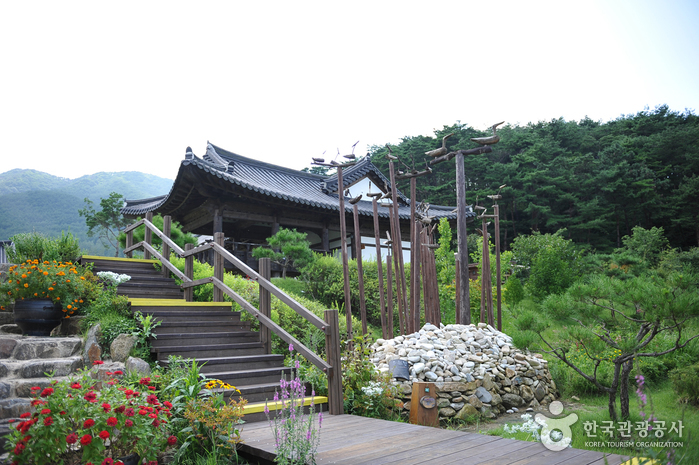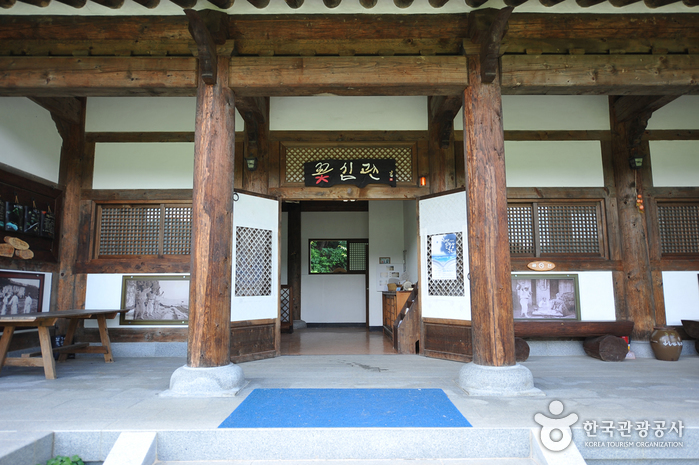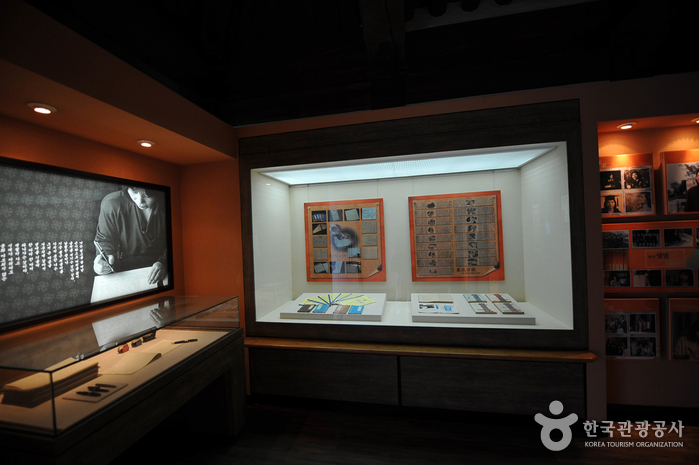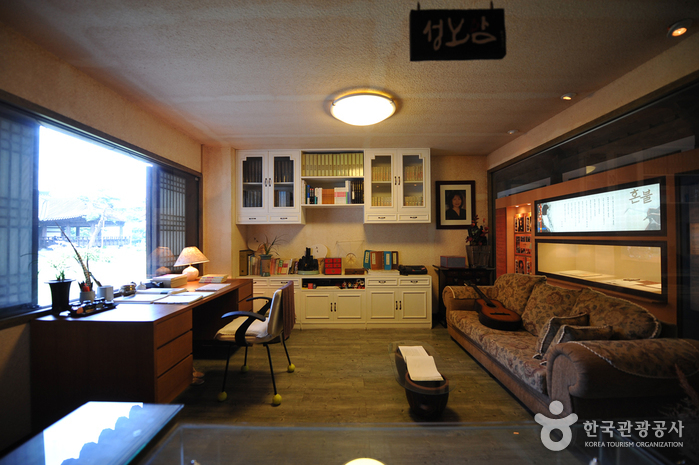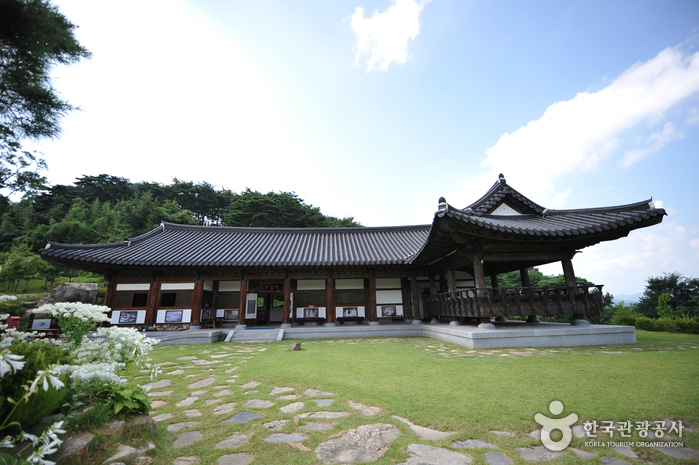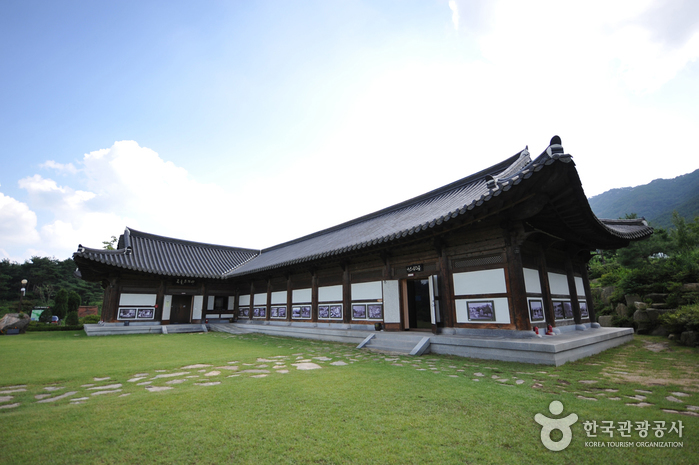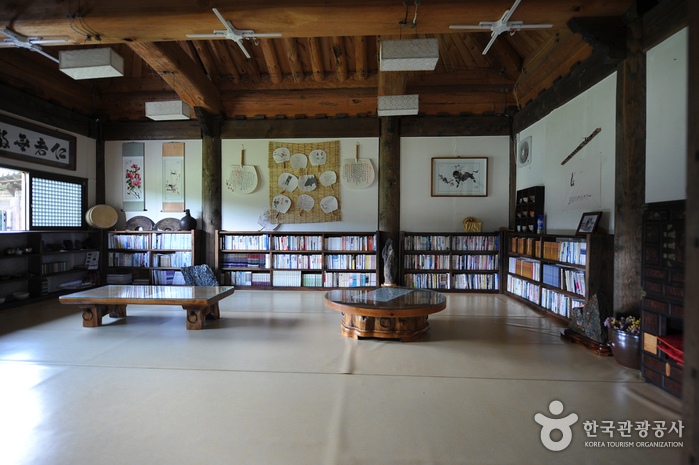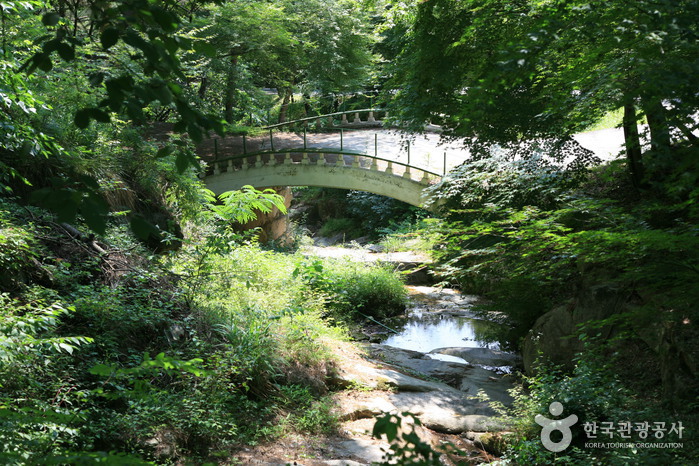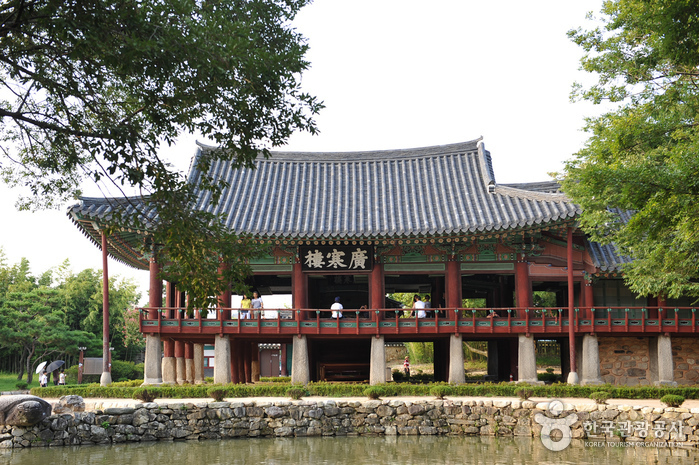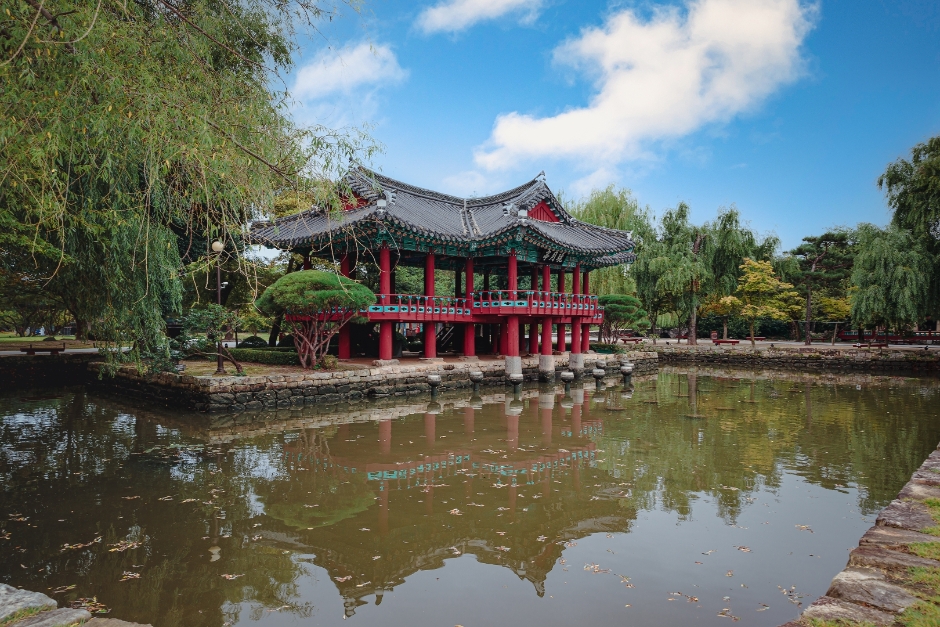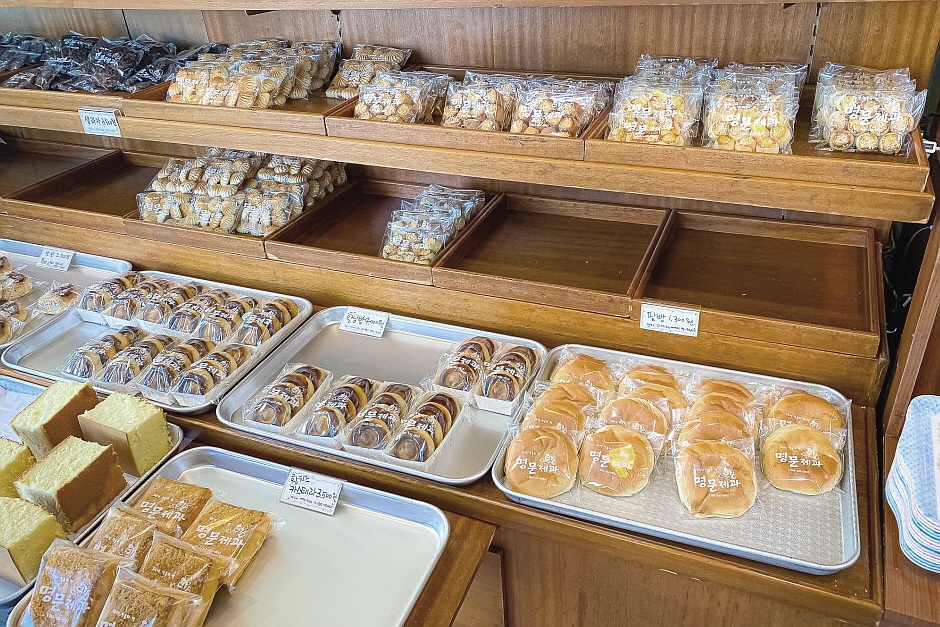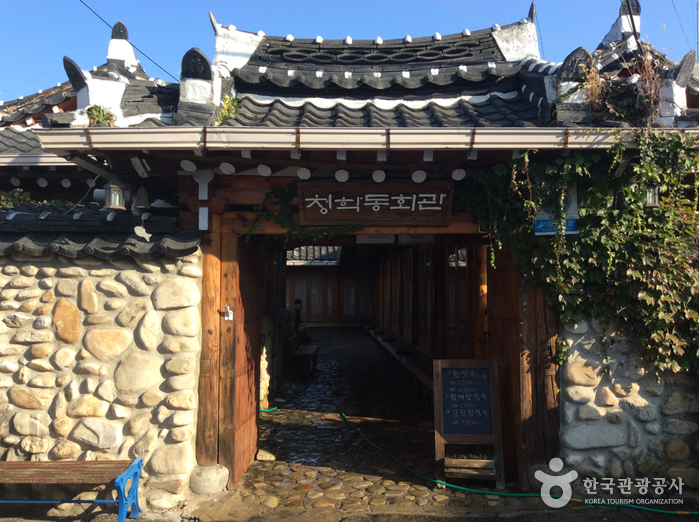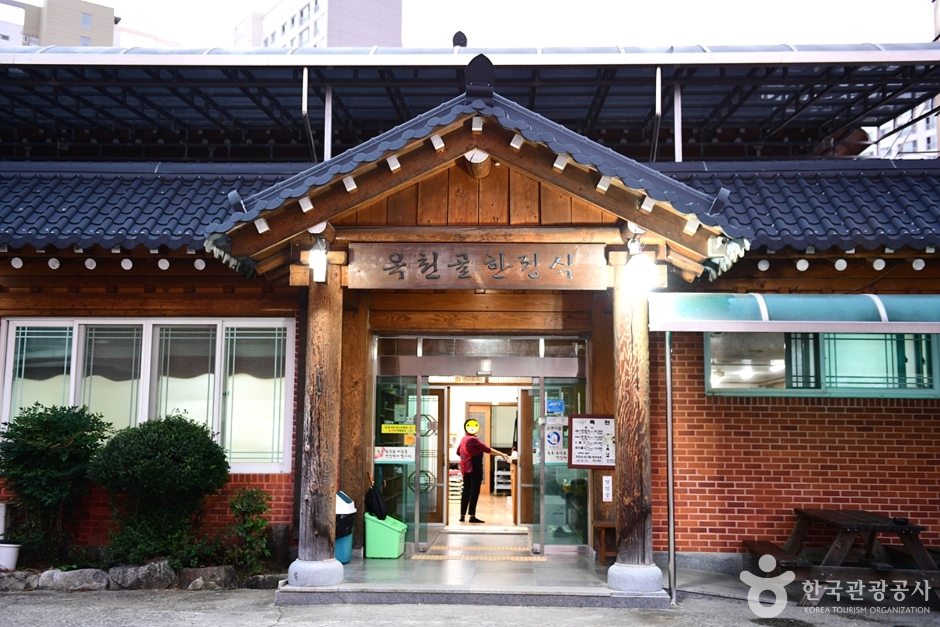Honbul Literary House
혼불문학관
📍 52, Nobongan-gil, Namwon-si, Jeonbuk-do
Introduction
"Honbul" is an epic novel written about three generations of women from the Namwon Lee clan living under the rule of the Japanese in the 1930s. The word "honbul" literally means "a torch of the soul" and refers to the indomitable spirits of the women that persevered through hard times. The novel was written by the late Choi Myeong-hee over a period of 17 years and remains a much celebrated novel.
Sangsin Village and Nobong Village in Namwon-si are the hometowns of the author and served as the background of the novel "Honbul." Located inside the village is a traditional Korean house that is an example of yangban (noble class) architecture and the Honbul Literary House, where visitors have an opportunity to gain a deeper understanding of the novel "Honbul." At the entrance of Nobong Village stands a pair of jangseungs (Korean traditional totem poles), welcoming visitors inside.
Sangsin Village and Nobong Village in Namwon-si are the hometowns of the author and served as the background of the novel "Honbul." Located inside the village is a traditional Korean house that is an example of yangban (noble class) architecture and the Honbul Literary House, where visitors have an opportunity to gain a deeper understanding of the novel "Honbul." At the entrance of Nobong Village stands a pair of jangseungs (Korean traditional totem poles), welcoming visitors inside.
Telephone
🗺 Location
52, Nobongan-gil, Namwon-si, Jeonbuk-do
✏ Details
Restrooms
Available
Admission Fees
Free
Available Facilities
Residences of the head families, Site of Nobongseowon Confucian Academy, Cheongho Reservoir, Saeambawi Rock, Dalmaji Hill, Hoseongam Hermitage, Rock-carved Buddha of Nojeokbong Peak, Neutbau Pass
🔎 Information
Inquiries
• 1330 Travel Hotline: +82-2-1330
(Korean, English, Japanese, Chinese)
• For more info: +82-63-620-6788
(Korean, English, Japanese, Chinese)
• For more info: +82-63-620-6788
Parking Facility
Available
Opening Day
October 20, 2004
Closed
New Year's Day, Mondays
Opening Hours
09:00-17:30
